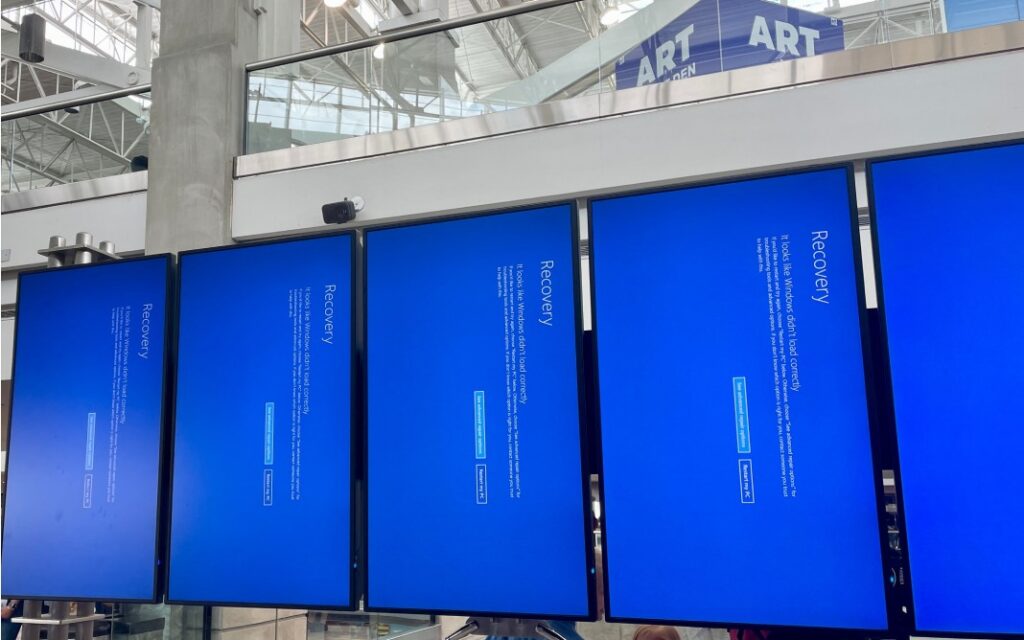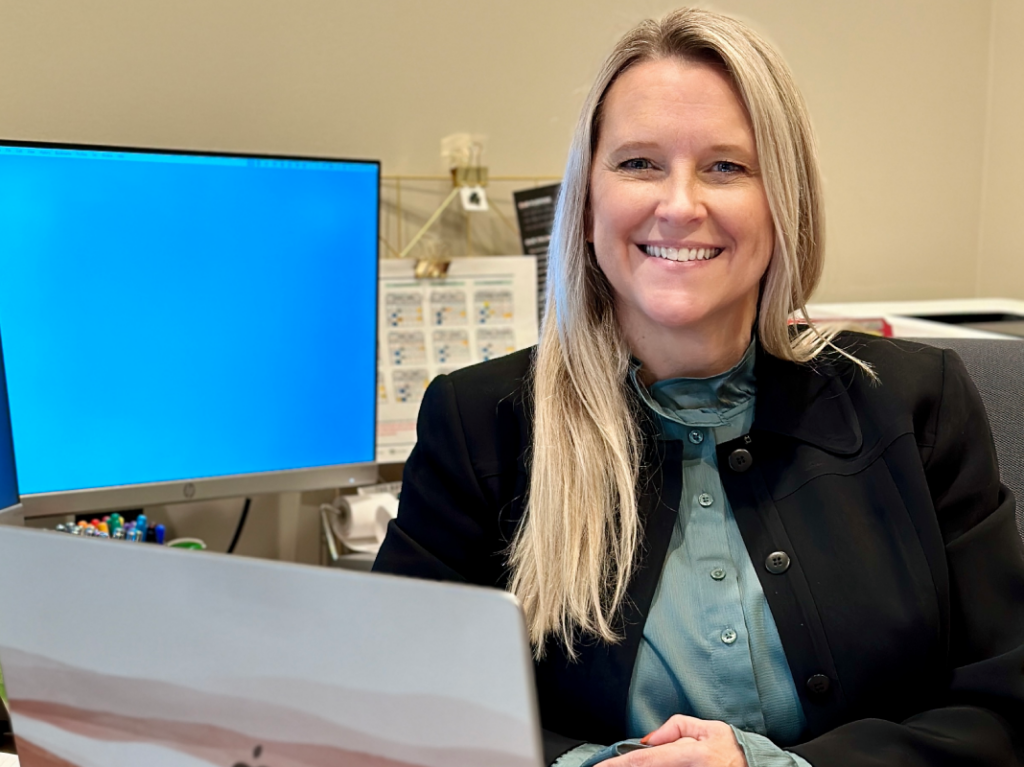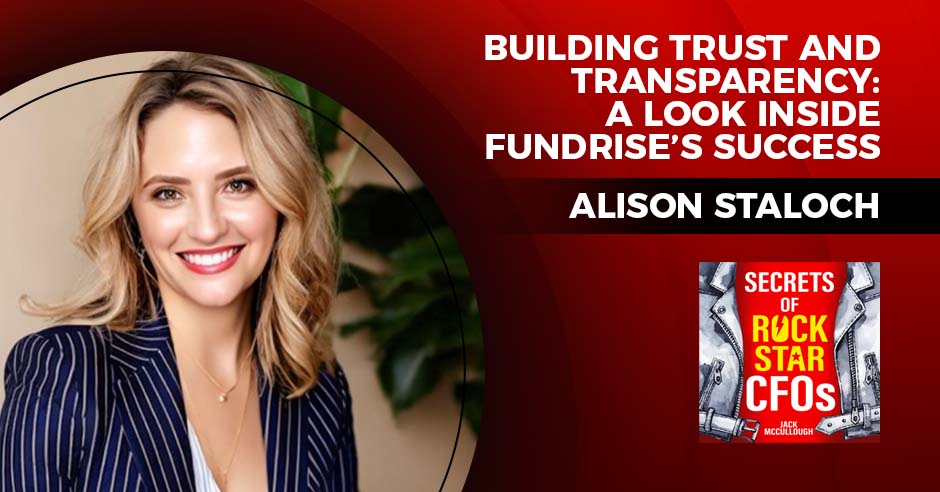3M survived two world wars, the Great Depression and dizzying changes to the U.S. economy since it was founded in 1902 to produce sandpaper and grinding wheels. The former Minnesota Mining & Manufacturing Co. had nearly $3 billion in cash on the books as of June 30, 2022.
So why did 3M put one of its subsidiaries in bankruptcy the following month?
The answer is becoming increasingly common as mass-tort litigation spirals out of control in the U.S.: It seemed like the least-bad alternative. In 2008, 3M had the misfortune to buy Aearo, a manufacturer of military earplugs, for $1.2 billion. Then plaintiff lawyers discovered internal documents they said proved Aearo had covered up problems with the devices. Soon 3M faced more than 230,000 claims by service members claiming permanent hearing loss, representing billions of dollars in potential liability over a product that generated less than $50 million in military revenue over its lifetime.
Trial Tactics
Add in a sympathetic federal judge in Florida who stripped 3M of its most important defense—that it was a government contractor making a government-approved device—and 3M suddenly had a very big problem on its hands. After racking up a mixed record in “bellwether” trials, including one $70 million jury verdict, 3M put Aearo in Chapter 11 bankruptcy, saying “the tort system is no longer a viable forum to resolve this litigation.” In doing so, 3M followed the lead of highly profitable Johnson & Johnson, which last year placed the unit responsible for its iconic Johnson’s Baby Powder into bankruptcy to resolve thousands of asbestos suits.
Johnson & Johnson, like 3M, denies the allegations against it. But facing the prospect of $100 million to $200 million a year in litigation expenses for “decades to come,” J&J said only a bankruptcy court could pay claims in an orderly manner.
The march to bankruptcy court started in the early 1980s after asbestos manufacturer Johns-Manville filed Chapter 11 to resolve a wave of personal-injury lawsuits. In 1994, Congress amended the Bankruptcy Code to allow companies to settle asbestos litigation by contributing assets and insurance proceeds to a trust to pay present and future claims.
Use and Abuse
The difference with today’s bankruptcies is that solvent companies are doing it—and plaintiff lawyers and some legal academics are crying foul. University of Georgia Law School Professor Lindsey Simon, in a widely cited 2021 article in the Yale Law Journal, called solvent companies that use Chapter 11 to sort out their tort liabilities “bankruptcy grifters.”
“Case by case, exception by exception, bankruptcy grifters have infiltrated the Chapter 11 process,” Simon wrote.
Johnson & Johnson used an aggressive technique known as the “Texas Two-Step,” forming a special subsidiary to hold the talc liabilities and pay claims, backstopped by a guarantee of the parent company’s assets. A bankruptcy judge in Delaware blessed the maneuver, but plaintiff lawyers have contested it at the Third Circuit Court of Appeals, saying it denies claimants their day in court.
3M didn’t use the Texas Two-Step, and its caution may wind up costing it billions. In August, U.S. Bankruptcy Judge Jeffrey J. Graham denied the company’s request for a stay of the earplug litigation, saying that 3M’s offer to cover Aearo’s litigation costs after it burned through several insurance policies made the bankruptcy economically meaningless.
In his order, Judge Graham splashed cold water on the idea that bankruptcy threatens mass-tort claimants’ constitutionally guaranteed right to a day in court, however. With more than 290,000 claims, he wrote, it is “accurate to say that it is unlikely” most plaintiffs will get a jury trial regardless of how the litigation proceeds.








